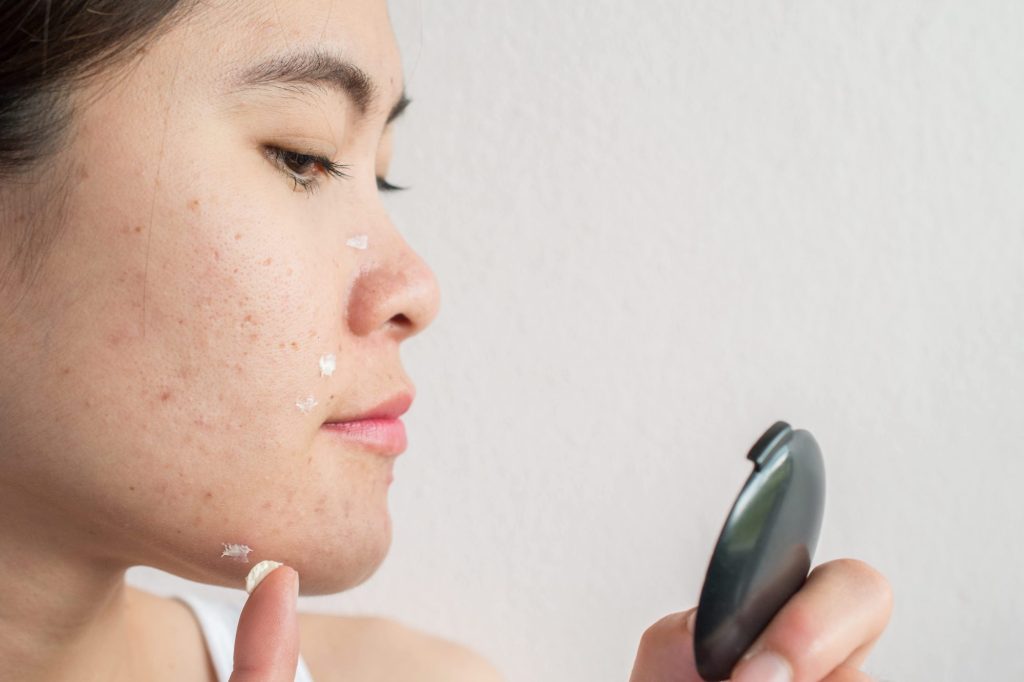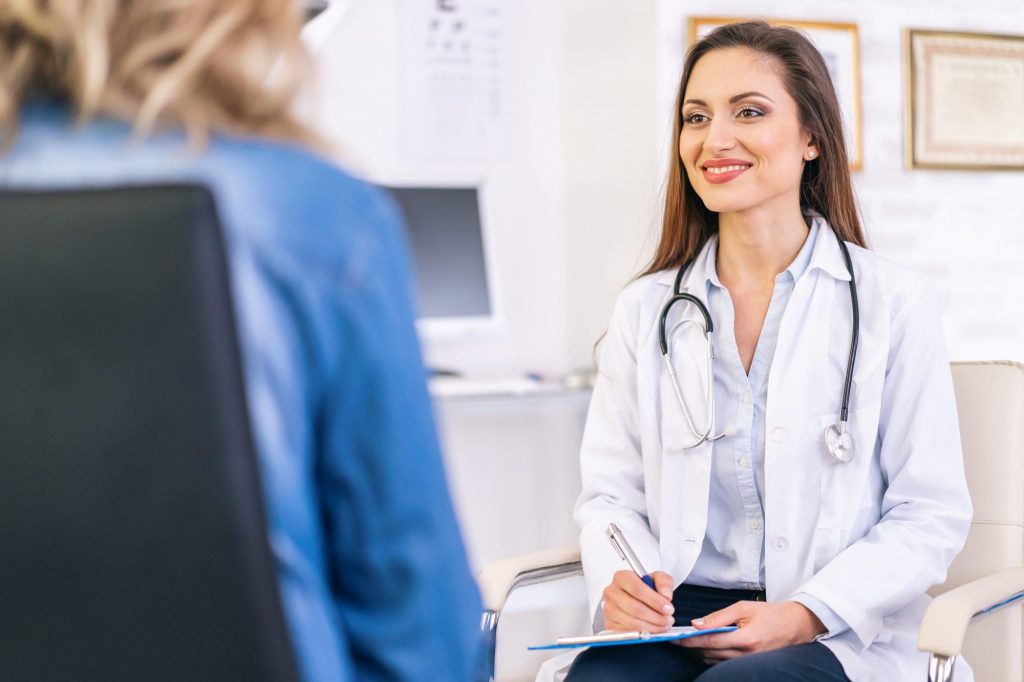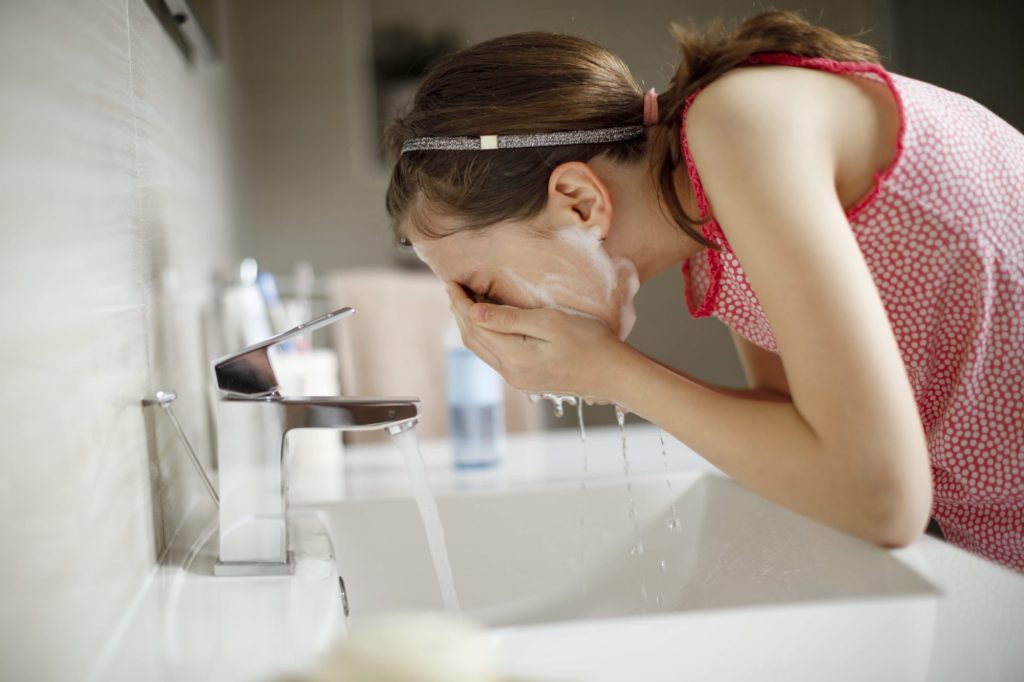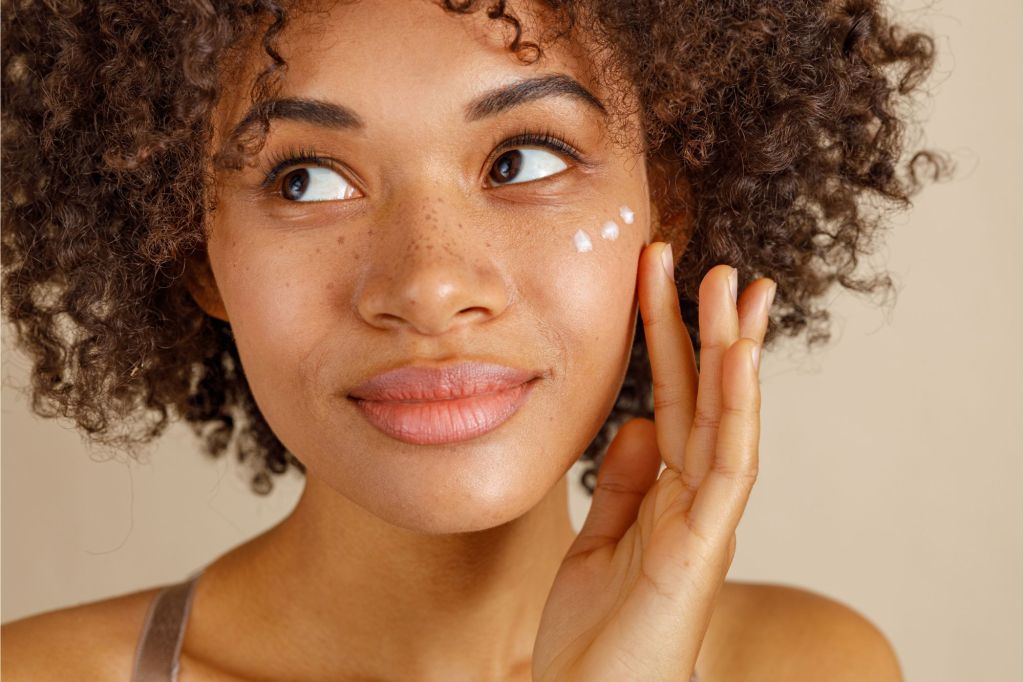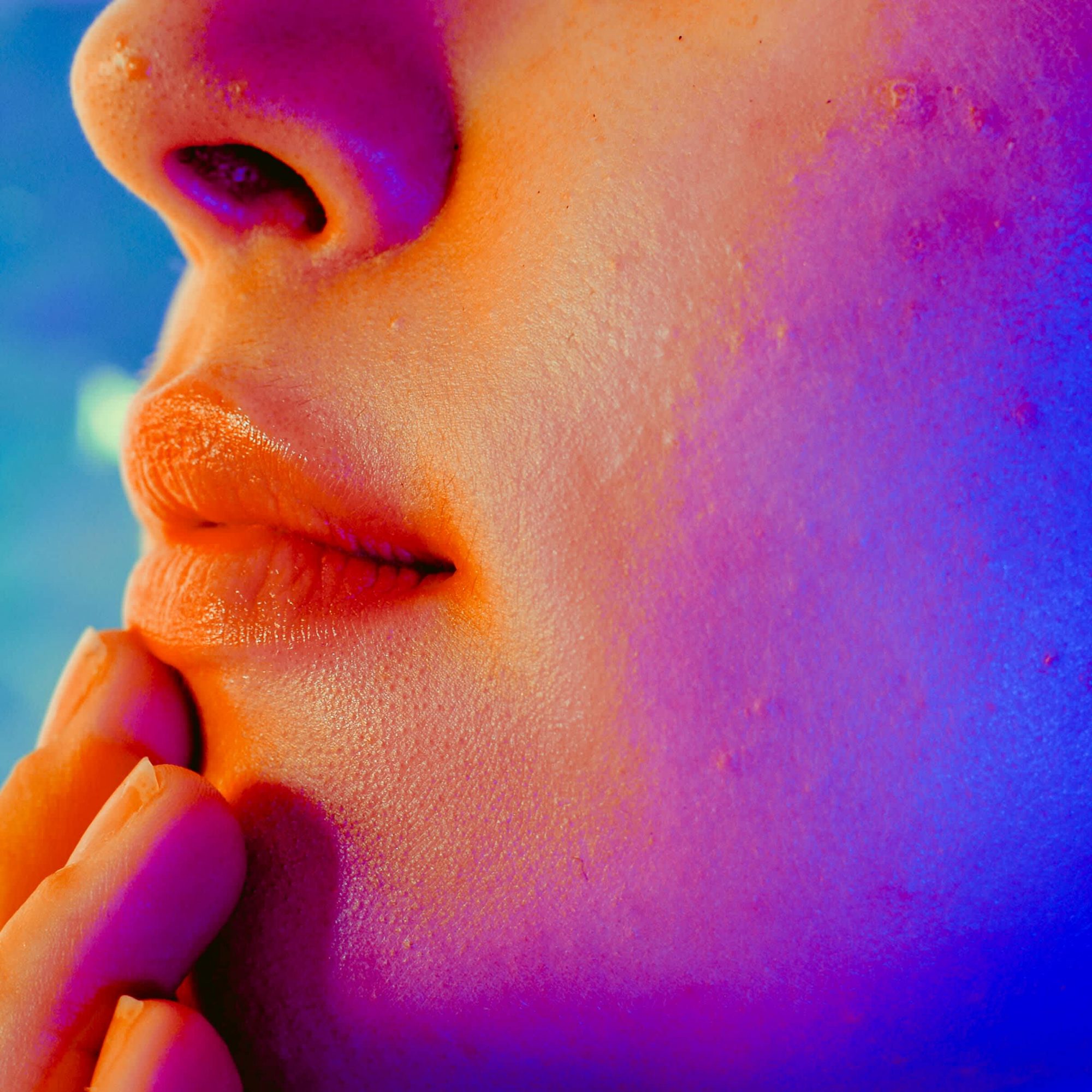
- POPSUGAR Australia
- Beauty
- We Asked Dermatologists What to Do Instead of Popping a Pimple – Here’s Their Advice
We Asked Dermatologists What to Do Instead of Popping a Pimple – Here’s Their Advice


We’ve partnered with Garnier to highlight that adult acne is a normal part of life for many Australians, and we’re here to help you fight it, not hide it.
The quest for perfect skin is not without its bumpy patches, so to speak. But no matter how many green juices we down in the pursuit of clear pores, there will always be missteps – like that big slice of pizza you couldn’t resist at the 2 p.m. staff meeting. General life stresses, hormones, or any combination of factors can lead to not just a breakout but a huge, glaring mess of a zit on your forehead. When we need a quick solution (emphasis on the “quick” part), we’re sometimes tempted to fuss with the blemish. Don’t do it! There are ways to get rid of a pimple without popping it. And we should know, because we tapped the experts for their opinions. So what other alternatives are there when you’re in a pinch? Keep scrolling to find out.
Diagnose the Type of Acne
To get an idea of how to get rid of your trouble spots, it’s in your best interest to classify the problem first. According to Dr. Tina B. West, board-certified dermatologist and founder of the West Institute, zits are categorised as follows: “papules (deep red bumps), open comedones (black heads), closed comedones (whiteheads), or pustules (pus-filled bumps).”
“For whiteheads or red papules, trying to pop at home can make things worse,” she said. “The trauma of poking, prodding, or pushing can create more inflammation, which will make the area look worse and take longer to heal. It can also lead to permanent scarring.”
Hit Up the Dermatologist
If your pimple is some next-level stuff (i.e. cystic acne deep below the skin), consider a trip to the dermatologist. “In the office there are injections, lasers, and prescription products that we can use to quickly deflate pimples,” Dr. Akhavan said.
“For a red bump, getting to your dermatologist for a cortisone injection is the only remedy and will work within a day or two,” Dr. West seconded. “A laser treatment may also be done at the same time to resolve redness.”
Practice Good Preventative Care
“I always advise my acne-prone patients to try their best to avoid extreme fluctuations in hormones that can cause skin inflammation, such as cortisol and testosterone,” Dr. Akhavan said. “Sleeping seven to eight hours per night, exercising regularly, and avoiding foods that can cause surges in cortisol such as dairy, simple sugars, and alcohol are good practices [that] minimise skin inflammation.”
Come Up With a Plan of Attack
“Acne treatment requires a multipronged approach,” Dr. Steve Xu, told us. “You have to fight the bacteria that drives acne. You have to fight the oil your skin naturally produces.” Some of that oil is good, though!
So before you run out and buy any random product, assess your skin type (you might actually be underhydrated, so your skin is compensating by producing more oil) and figure out what type of products you need
If you’re looking for a product that will help reduce your blemishes and residual acne marks, the Garnier AHA+BHA Anti-Blemish Serum ($34.99) with a highly concentrated formula of 4% [AHA+BHA, niacinamide and charcoal] is for you. This serum is designed for oily, acne-prone skin, with visible results when used morning and night, as part of your skincare regimen.


